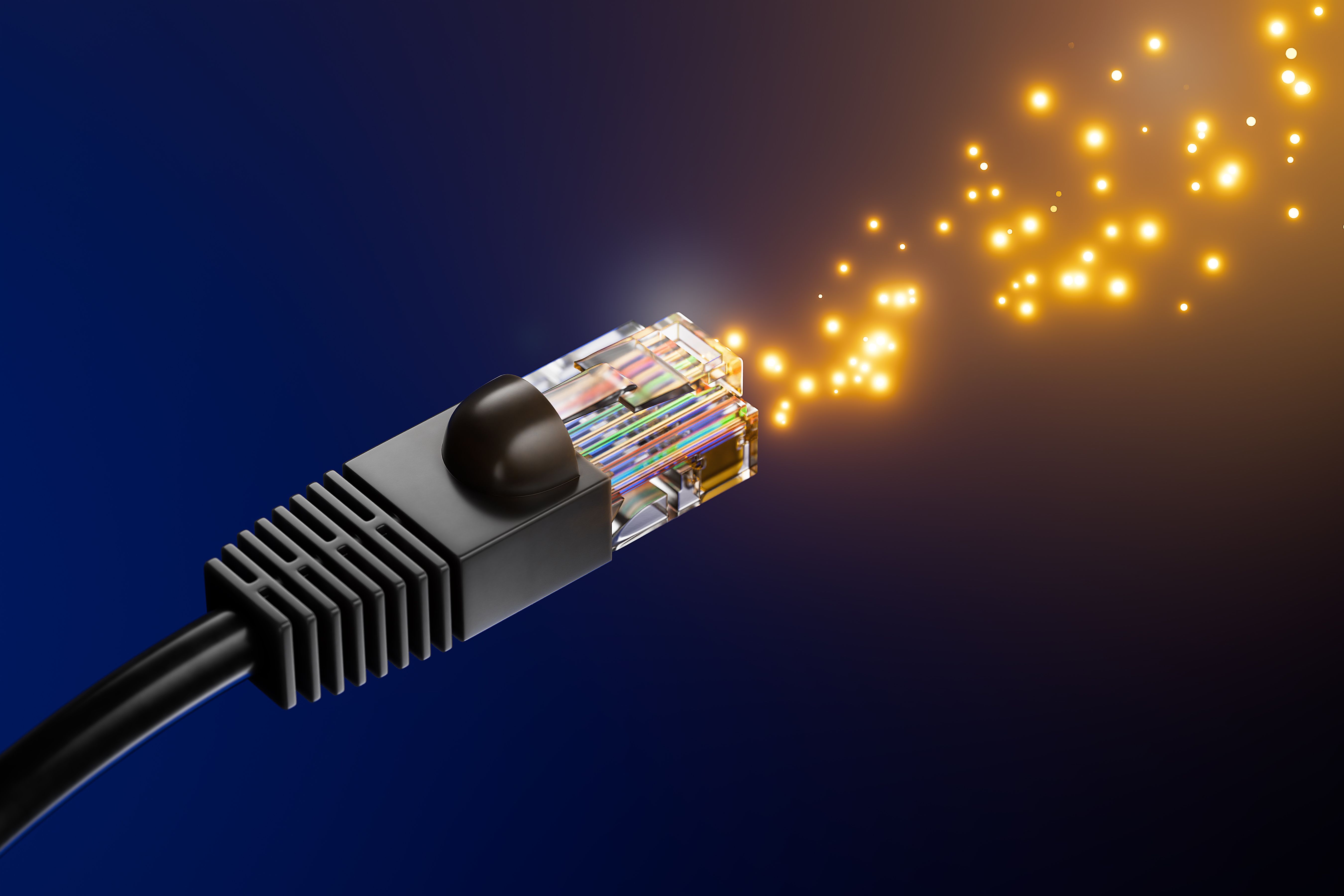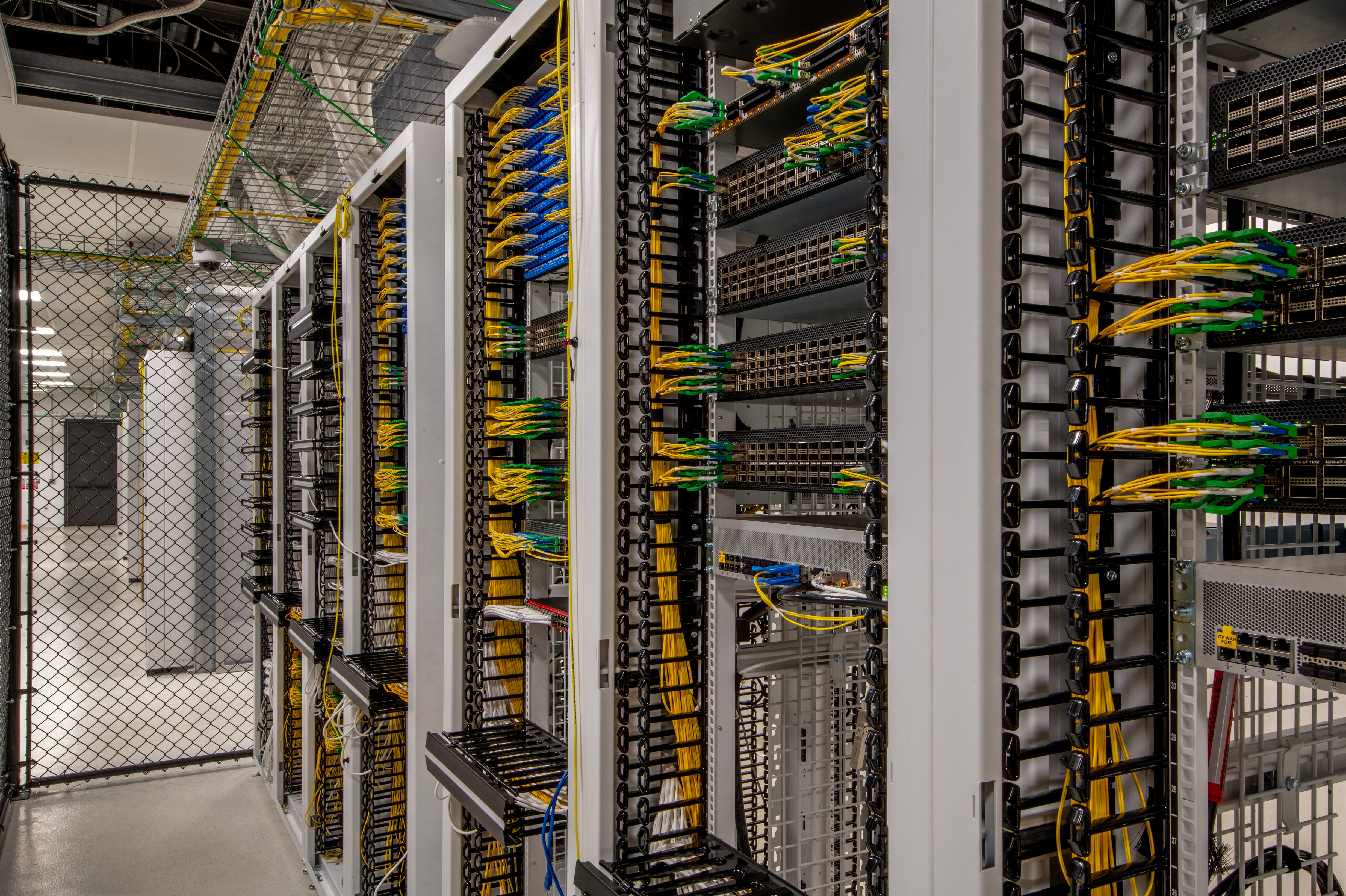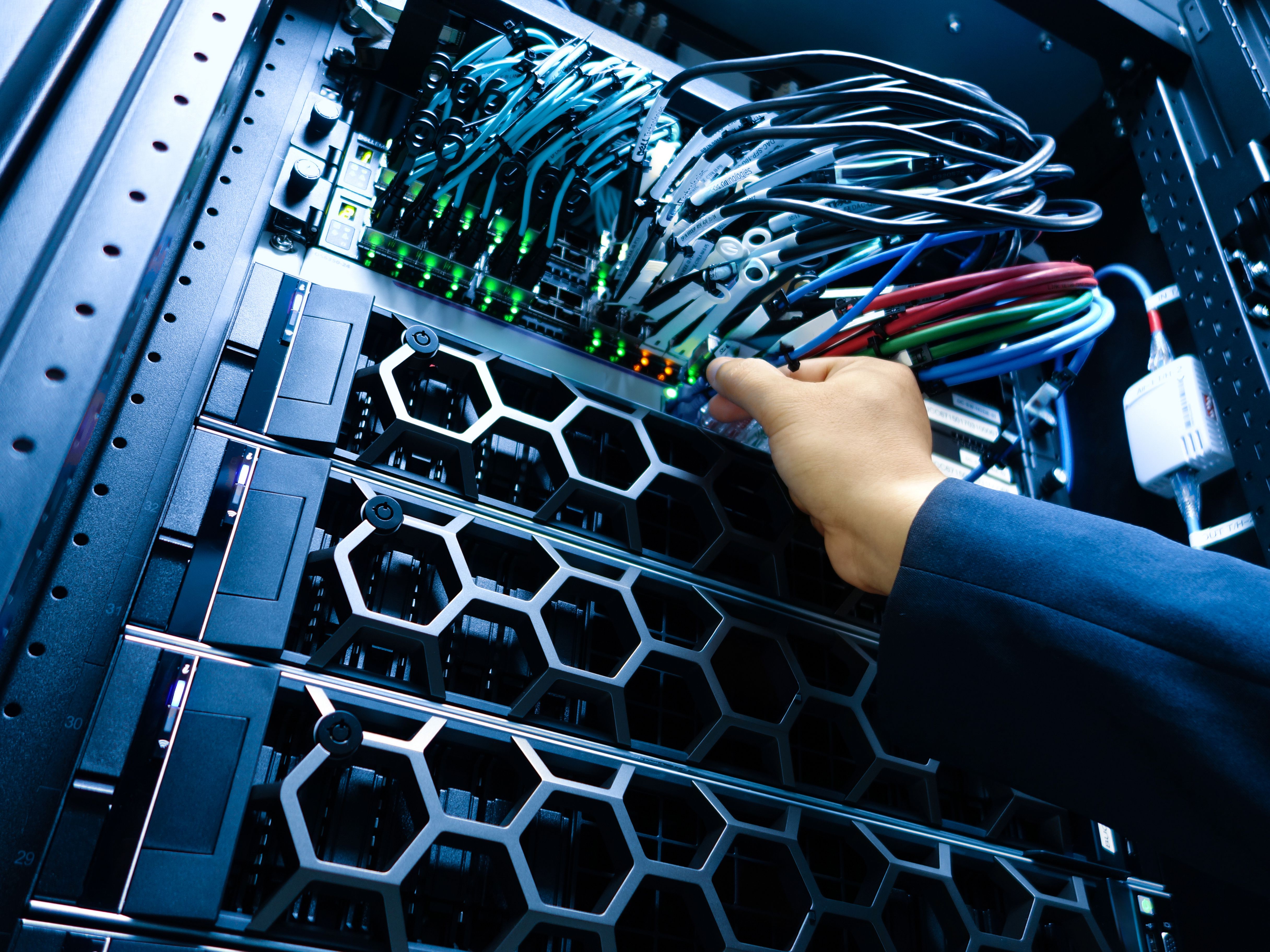The Importance of Proper Cabling in IT Systems
CP
Understanding the Role of Cabling in IT Systems
In the realm of IT infrastructure, cabling might seem like a mundane topic. However, it plays a crucial role in ensuring the efficiency and reliability of networks. Proper cabling is the backbone of any robust IT system, facilitating seamless data transmission and connectivity.
Quality cabling can significantly affect the performance of a network. Poor cabling choices can lead to data loss, slow speeds, and frequent downtime, impacting business operations. Therefore, investing in the right cabling solutions is essential for any organization aiming to maintain a competitive edge.

Types of Cabling and Their Applications
Structured Cabling
Structured cabling is a standardized approach to cabling infrastructure that supports multiple hardware uses. It provides a comprehensive and organized system, reducing maintenance costs and enhancing network efficiency. This type of cabling is ideal for businesses that anticipate growth and need a scalable solution.
Fiber Optic Cabling
Fiber optic cabling is renowned for its high-speed data transmission capabilities. It uses light to transmit data, allowing for faster speeds over longer distances compared to traditional copper cables. This makes it an excellent choice for data centers, telecommunications, and high-speed internet services.

Benefits of Proper Cabling
Implementing proper cabling solutions offers numerous advantages. One of the primary benefits is improved performance. With the right cabling, companies can experience faster data transmission and fewer connectivity issues, leading to increased productivity and efficiency.
Additionally, well-organized cabling reduces the risk of network failures. It minimizes the chance of cables getting tangled or damaged, ensuring that maintenance is straightforward and less time-consuming. This reliability is crucial for businesses that rely heavily on their IT systems for daily operations.

Best Practices for Cabling Installation
Planning and Design
Before any installation, thorough planning and design are crucial. Understanding the specific needs of your business and considering future expansion can guide the selection of the appropriate cabling type and layout. This proactive planning reduces the need for costly modifications down the line.
Professional Installation
Hiring professionals for cabling installation ensures the job is done correctly and efficiently. Experts have the knowledge and experience to install and organize cables in a way that minimizes interference and maximizes performance.

Maintaining Your Cabling System
Once your cabling system is in place, regular maintenance is key to ensuring its longevity. This involves routine inspections to check for wear and tear, ensuring that all connections are secure, and that cables are properly labeled and organized. Regular maintenance helps in identifying potential issues before they escalate into major problems.
In conclusion, the importance of proper cabling in IT systems cannot be overstated. By investing in quality cabling solutions and following best practices, businesses can enjoy enhanced performance, reliability, and scalability in their IT infrastructure.
